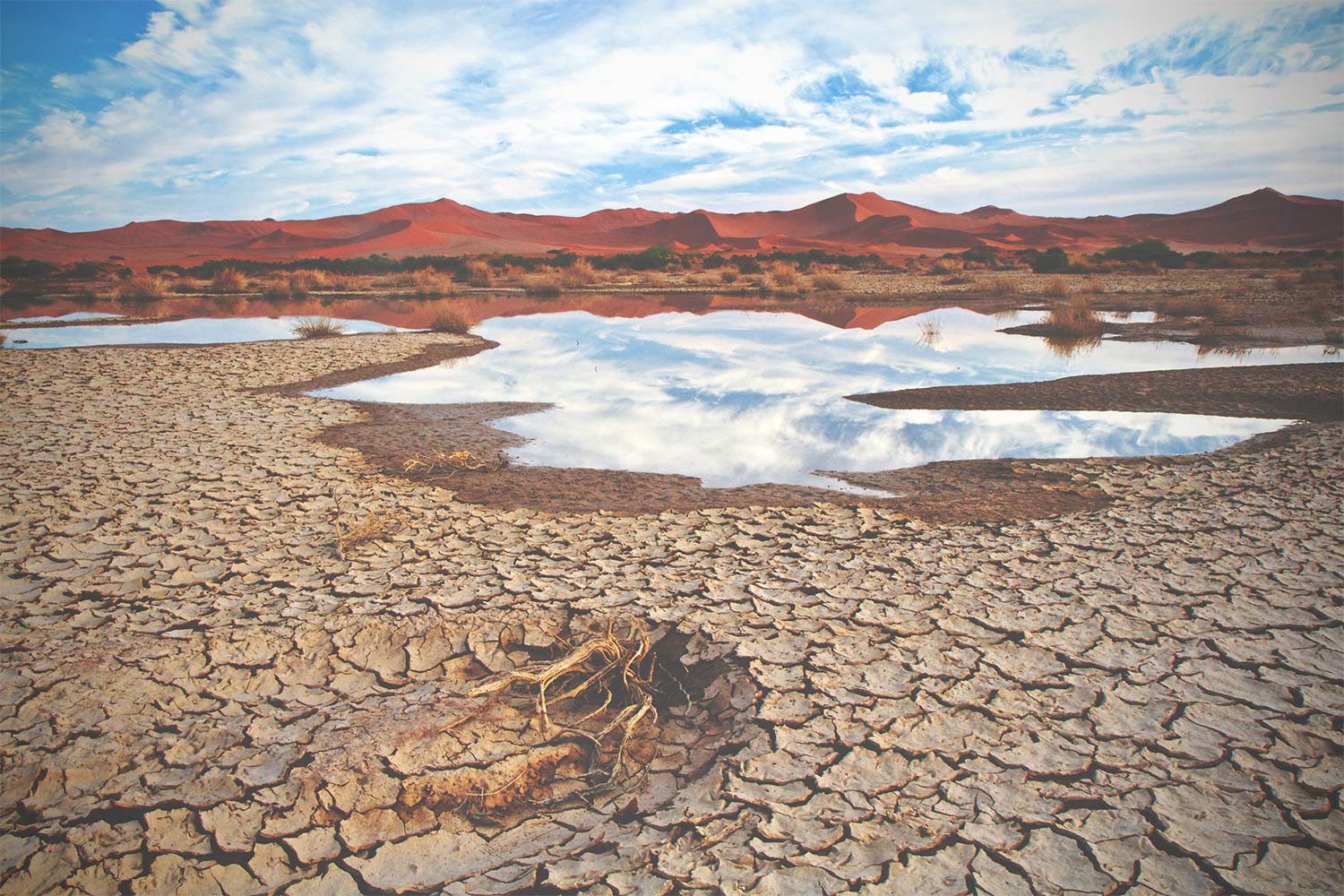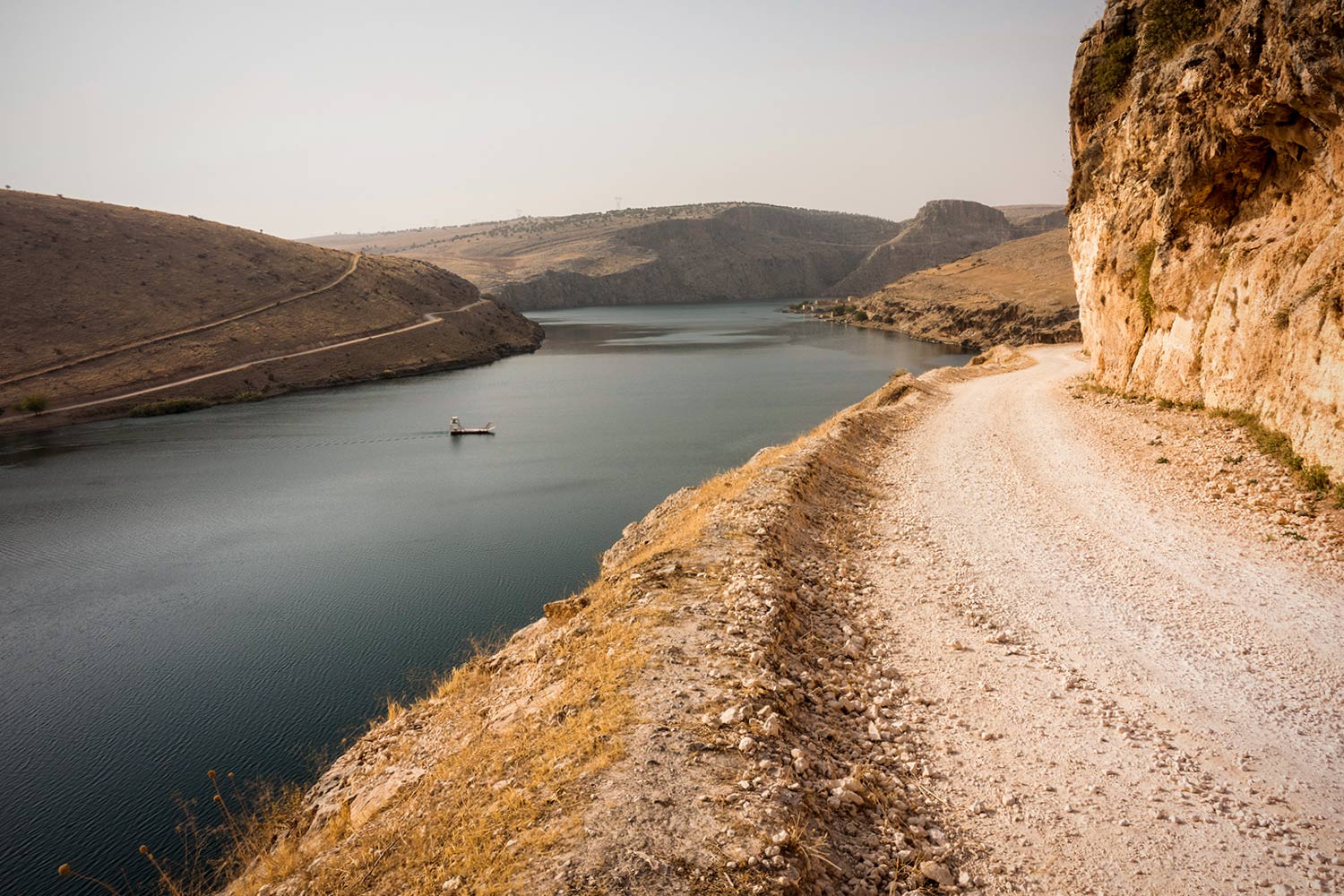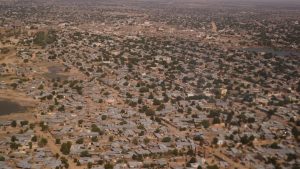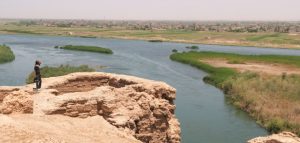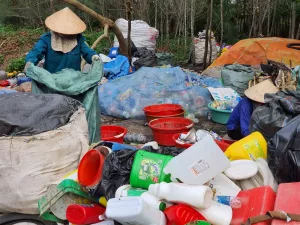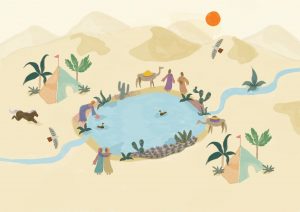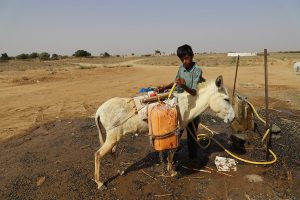Finding ourselves without freshwater is a frightening prospect as it is a serious an immediate threat to our very existence. Unfortunately, this is a threat that millions of people around the world already face every day.
Water scarcity occurs when we cannot meet our water needs. It can happen if demand is greater than supply or because inadequate infrastructure hampers distribution. Water scarcity happens in countries, regions, and communities on all continents and affects a third of the world’s population for at least parts of the year.
When tracking the progress of the Sustainable Development Goals, the UN utilizes the term ‘water stressed’ when a ‘territory withdraws more than 25 percent of their renewable freshwater resources’.
In some parts of the world, such as northern Africa, the Middle East, and western Asia, some countries will withdraw all of their renewable water resources on a yearly basis. Sometimes, they withdraw more, sometimes much more. In extreme cases, a country will withdraw more than ten times their renewable water resources in one year, forcing them to rely heavily on non-renewable resources to meet their water needs. If no action is taken to alter this practice, these countries will face a large scale humanitarian disaster, as all water resources will eventually become fully depleted.
Water scarcity is not only about human demand. When freshwater is in short supply, entire ecosystems suffer. Rivers, lakes, and aquifers dry up or they may become too polluted to use. The world’s wetlands are disappearing at alarming rate, faster than any other ecosystem, and with them we are losing an important component of the water cycle. In addition, climate change is altering weather patterns across the globe, causing great irregularities, with water shortages and droughts in some places and floods in others.
Water Efficiency
One of the targets for Sustainable Development Goal 6 on water and sanitation for all is to increase water-use efficiency across all sectors and ensure sustainable withdrawals and supply of freshwater. If fulfilled, this would substantially reduce the number of people affected by water scarcity.
Water efficiency has increased in recent years, but data is limited, making it difficult to give global estimates. There are also major discrepancies and, in some countries, development is moving in completely the wrong direction.
Globally, agriculture uses 72 percent of all water withdrawals, according to UN figures, making it by far the thirstiest sector. Household services account for 16 percent and industries 12 percent. There are big regional variations to this, but in most parts of the world, the agriculture sector no doubt holds one of the most important keys to sustainable water usage.
Beyond that, in the face of population increase and rapidly growing urban areas, it is also important to address insufficient distribution systems, water saving technologies, reuse of wastewater, and to raise awareness about the urgency of reducing water consumption at all levels. Solid management systems are very much needed, and so is the understanding and acknowledgement that water scarcity is not a local or regional threat, but a global one that we must tackle together.
